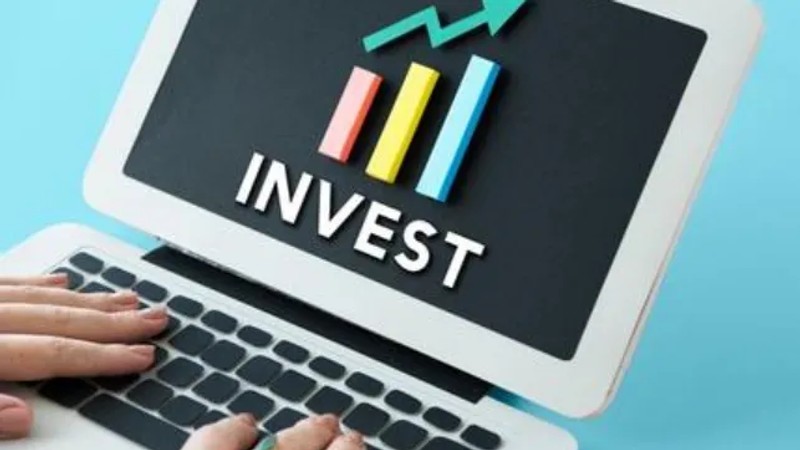Instead of investing haphazardly in whatever tickles their fancy, professional fund managers invest according to a carefully thought-out process or strategy that aims to beat a predetermined benchmark over the long term.
Before they look at individual shares (for the purpose of this article, I’ll stick to equities as an asset class), they are likely to consider the broader, so-called “macroeconomic” environment in which the market operates, although some so-called “bottom-up” managers pay little attention to macroeconomic influences.
At the share-picking level, there is a range of well-tested investment strategies or styles. Once a manager has established the criteria for determining not only which shares to buy but when to buy and when to sell them, the manager needs to stick to that process through good times and bad. This applies to any investor: if you become unstuck and start letting your emotions (fear and greed, in particular) rule your decisions, you will enter the investor’s nightmare of buying high and selling low.
The better-known investment styles are:
- Value: the manager buys shares that are undervalued (trading at a low price) and that he or she believes will return to a price that better represents the company’s worth, or “fair value”. It may be likened to eyeing an antique vase in a junk shop that you believe is worth much more than the price the shop owner has assigned to it.
Value may be measured by looking at a share’s price/earnings (PE) ratio – the price of the share in relation to the profits the company has made or is expected to make.
A distinction needs to be made between a low-priced share that is undervalued and one that is low because there is something fundamentally wrong with the company, and which will continue to slide. Sometimes value managers get it wrong.
- Quality: the manager selects mature companies that are well-established, well-managed, and have consistently performed well through market cycles over many years. These are your “blue-chip” companies – including big-name brands, such as Coca-Cola – but also smaller or less visible companies that have a solid track record. Besides enjoying a steadily rising share price (naturally with the odd dips that accompany market cycles), these companies typically pay reliable dividends that keep pace with or even outpace inflation. A drawback is that because they are in high demand, their share prices are high and often become overheated. Another is that many large, established companies are prone to disruption. Kodak was once a blue-chip company.
- Growth: the manager buys shares in companies that show the potential for significant growth in the medium term. These are likely to be young companies in their growth phase: they are expanding rapidly and conquering new markets or winning market share from incumbents. A good example of the South African market over the past decade has been Capitec Bank.
Momentum: the manager selects shares that have become popular in the market and that are in high demand, taking advantage of the upward momentum of their price. This is the antithesis of the actions of a value investor, who will typically be “contrarian”: going against the crowd by seeking out unpopular shares.
Cyclical nature
The styles referred to above have cycles, and these may not be correlated. For example, momentum picks up once the market is enjoying a bull run and everyone is climbing in to buy. Value, on the other hand, produces results earlier in the market cycle, when shares are still cheap.
For this reason, it is important to test the performance of a style, or a manager following a particular style, across market cycles. This proved difficult in the years following the financial crisis of 2008 and again during the Covid-19 pandemic in 2020 because of the artificial stimulus central banks were giving to the markets.
In practice, fund management companies develop proprietary investment processes that may combine styles. For example, a manager may combine quality and value by focusing on well-run companies that are undervalued. (Note that a dyed-in-the-wool value manager will not consider quality.)
Factor indices
With the swing towards passive investing – whereby a manager passively invests in the constituents of an index, thereby replicating the return of the index – market indices, which were originally used simply to measure the markets, came into their own.
Indices’ new role has been to provide trackable baskets of assets that share certain characteristics (or “factors”) for use by passive managers. Clever analysts and mathematicians in the investment industry found that they could formulate indices to replicate investment styles, among other things, by dispassionately measuring metrics of companies, including share-price performance, PE ratio, and financial statements. The result was “factor” indices for the investment styles of value, growth, quality, and momentum, as well as for factors such as share volatility and companies with high ESG (environmental, social, and governance) scores.
A more recent development in this space has been multi-factor indices, which combine factors with the aim of a smoother, less cycle-prone return profile.
* Hesse is the former editor of Personal Finance.
PERSONAL FINANCE
